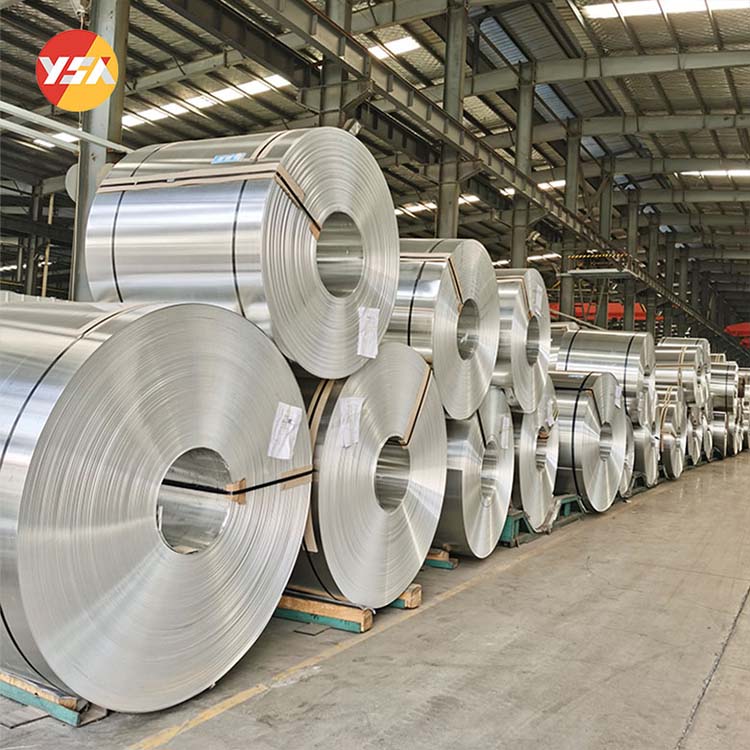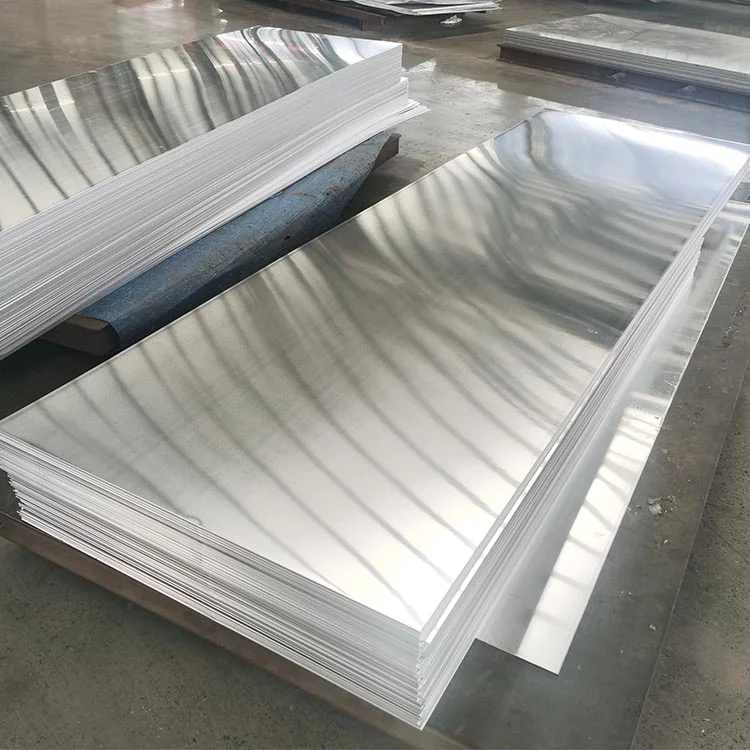[ad_1]
Aluminum is one of the most versatile and widely used metals in the world. It is light, strong, and resistant to corrosion, making it ideal for a wide range of applications. Aluminum sheet, in particular, is used in industries ranging from construction and transportation to packaging and electronics. However, the price of aluminum sheet can fluctuate dramatically, influenced by a variety of factors. In this article, we will explore the key factors behind the fluctuating prices of 18 aluminum sheet.
1. Supply and Demand
One of the primary factors influencing the price of aluminum sheet is supply and demand. When demand for aluminum sheet is high and supply is limited, prices tend to rise. Conversely, when demand is low and supply is abundant, prices tend to fall. Factors such as economic growth, industrial production, and consumer demand can all impact the supply and demand dynamics of the aluminum market.
In recent years, demand for aluminum sheet has been driven by growth in industries such as automotive, aerospace, and construction. As these industries have expanded, so too has the demand for aluminum sheet. At the same time, supply has been constrained by factors such as production capacity constraints, trade tensions, and environmental regulations. These supply and demand dynamics have resulted in fluctuating prices for 18 aluminum sheet.
2. Currency Exchange Rates
Another key factor influencing the price of aluminum sheet is currency exchange rates. Aluminum is a globally traded commodity, and prices are typically quoted in US dollars. Therefore, fluctuations in exchange rates can have a significant impact on the price of aluminum sheet in local currencies.
For example, if the US dollar strengthens against other currencies, the price of aluminum sheet in those currencies will increase. This can make aluminum sheet more expensive for buyers in countries with weaker currencies, leading to a decline in demand. On the other hand, if the US dollar weakens, the price of aluminum sheet in local currencies will decrease, boosting demand.
3. Production Costs
The cost of producing aluminum sheet is another important factor influencing prices. Production costs can include expenses such as energy, labor, raw materials, and transportation. Factors such as changes in energy prices, wage inflation, and fluctuations in the cost of raw materials can all impact production costs and, in turn, the price of aluminum sheet.
For example, the cost of electricity is a major expense in aluminum production, as it is used to power smelting furnaces. Fluctuations in electricity prices can therefore have a significant impact on the cost of producing aluminum sheet. Similarly, changes in the cost of raw materials such as bauxite and alumina can also affect production costs and prices.
4. Trade Policy and Tariffs
Trade policy and tariffs can also impact the price of aluminum sheet. Trade tensions and disputes between countries can lead to the imposition of tariffs on aluminum imports, making aluminum sheet more expensive for buyers in importing countries. For example, in recent years, the US has imposed tariffs on aluminum imports from countries such as China, Canada, and Mexico.
These tariffs can disrupt supply chains, increase production costs, and lead to higher prices for aluminum sheet. They can also lead to retaliatory tariffs from other countries, further complicating the market dynamics. Trade policy uncertainty can create volatility in the aluminum market and contribute to fluctuating prices.
5. Global Economic Conditions
Global economic conditions can also influence the price of aluminum sheet. Factors such as economic growth, inflation, interest rates, and geopolitical events can all impact the demand for aluminum sheet and, consequently, its price. For example, a slowdown in global economic growth can lead to a decrease in demand for aluminum sheet as industries cut back on production and investment.
Similarly, inflation and rising interest rates can increase production costs and reduce the purchasing power of consumers, leading to a decline in demand for aluminum sheet. Geopolitical events such as trade disputes, political unrest, and natural disasters can also disrupt supply chains and impact prices. As such, monitoring global economic conditions is essential for understanding the factors behind fluctuating prices of aluminum sheet.
In conclusion, the price of 18 aluminum sheet can fluctuate due to a variety of factors, including supply and demand, currency exchange rates, production costs, trade policy and tariffs, and global economic conditions. By understanding these factors and monitoring market trends, buyers and sellers can make informed decisions and navigate the volatile aluminum market effectively.
[ad_2]


